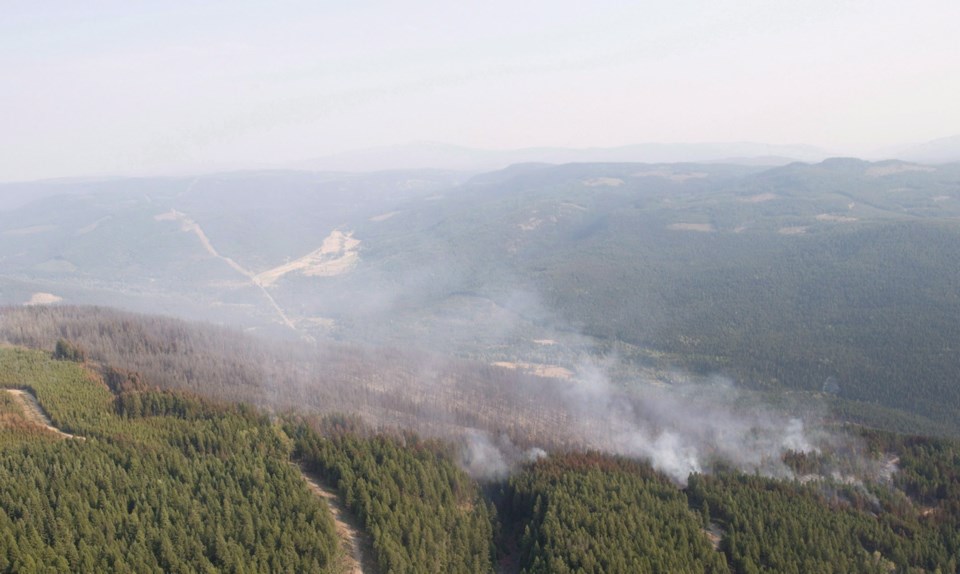Humans played a substantial role in making B.C. wildfires in 2017 bigger and more likely, says a new study by UVic and the federal government.
Published in Earth’s Future, the study, by the Pacific Climate Impact Consortium at the University of Victoria and Environment and Climate Change Canada, says 2017’s “anomalously” hot summer temperatures were made 20 times more likely by human-induced climate change.
Researchers also found that the area burned by wildfires was seven to 11 times larger than would have been expected without human-induced climate change. Extreme warm temperatures combined with dry conditions increase the likelihood that fires will start and spread.
Francis Zwiers, director of the Pacific Climate Impacts Consortium and one of the study’s authors, said the research was conducted using computer models and data collected over many decades.
The study used present conditions, including levels of greenhouse gases, to represent the human-influenced climate. A second scenario used conditions from 1961 through 1970, when the influence of human emissions was substantially lower and much of the observed global warming had not yet occurred.
Researchers took the measure of 2017’s wildfire risk from an index developed by Natural Resources Canada and calculated how likely it would be for that risk level to occur under both scenarios.
The study looked at the dry, hot summer conditions in 2017 as a contributor to the risk of wildfires. High temperatures, such as those seen that summer, make wildfires more likely and bigger.
“Human influence on the climate system has substantially increased the likelihood of very hot summers,” Zwiers said. “These very hot conditions contribute to wildfire risk.
“And we can now expect when there is a fire as a consequence of human influence that fire will be bigger.”
Neither forestry practices nor impacts such as the mountain pine beetle were taken into account, the paper acknowledges. But researchers say the findings are consistent with those of many other studies that find an increased wildfire risk from climate change.
The 2017 fires forced about 65,000 people from their homes and destroyed 509 structures, including 229 homes. The province spent more than $522 million fighting the blazes. In all, 1.2 million hectares burned, setting a new record. The previous record, 870,000 hectares burned, was set in 1958.
Last year was even worse, with 1.35 million hectares burned.
Zwiers said making predictions about consequences is always difficult. The overall climate is warming up, but local weather events — such as El Niño, for example — can inject all kinds of variables.
“Inter-annual variability still plays a huge role, but in the background, we have this warming effect that won’t go away,” he said. “That warming effect is driving up the likelihood of these kinds of extreme events.”
— With a file from The Canadian Press



